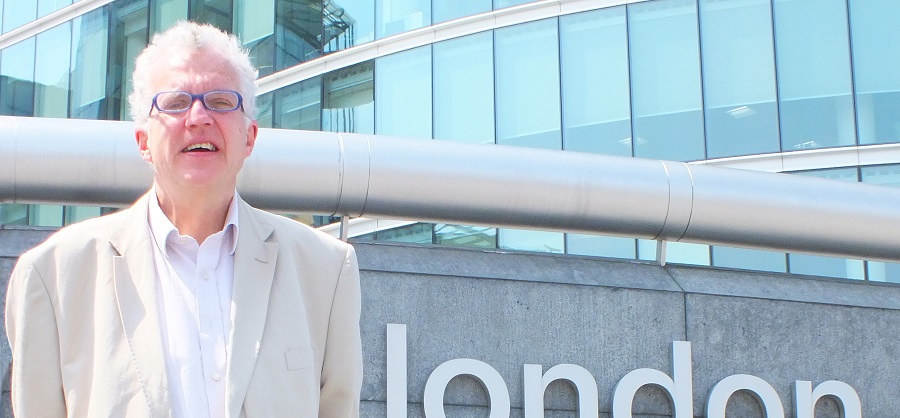This week will see the announcement of the government’s congestion-busting strategy. But far a multi billion programme of major road building, it will focus on relatively small scale measures aimed at tackling the worst blackspots around Britain’s road network.
The plan is that focussing on a relatively small number of roads and junctions will unblock the worst congestion bottlenecks and ensure that traffic runs more smoothly across the country. While the measures will be useful and help some motorists, overall they are too little too late and do not represent the coherent strategy that is desperately needed to tackle congestion. As the government’s own advisers, the Commission for Integrated Transport have pointed out, this idea is fundamentally flawed because the jams will simply move to the next junction and motorists will hardly be any better off.
The approach in the congestion paper is all part of Alastair Darling’s transport strategy which has emerged over the summer. His principal aim is to keep transport – and, indeed, himself – out of the headlines. Since he was appointed in June to replace the Stephen Byers, Darling’s profile has been so low one it has been virtually subterranean. He makes no great promises, few announcements and sticks to a limited agenda set out by the Prime Minister such as trying to improve rail punctuality and trying to tackle the worst sections of road congestion. The contrast with his predecessor, who was always making pronouncements and getting on the front pages, could not be greater.
But ultimately Darling’s ‘put a lid on it strategy’ will not work. With road use continuing to grow every year by one or two percent, the notion of muddling through for a decade or more is just not feasible. The ten year transport plan announced two years ago was supposed to result in a reduction in congestion but all the indicators are pointing the other way. Britain’s roads are getting more jam packed and the voters are getting increasingly fed up with the situation.
The ten year plan was supposed to be a long term solution but in reality it is a mishmash of half-baked ideas with little coherence. For example, it sets out targets for a 50 per cent increase on travel on trains without recognising that many of those extra passengers will require car transport at one or possibly both ends of their journey. The plan’s inadequacies are part of a Labour’s wider failings on transport, an area on which ministers have totally failed to get a grip since winning the 1997 election.
The trouble for Darling is that his efforts will not be enough to keep the growing transport problems out of the media. Sure, he has been lucky since taking office that other events, such as Iraq, have dominated the headlines and nothing much has happened on the transport front, but sometime between now and the general election the issue will again top the political agenda, as it did earlier this year. And then Darling’s inaction in office will be exposed.
In fact, privately Darling knows that more radical measures are needed to prevent the gridlock. There are both carrots and sticks available, but they are equally political contentious.
To please motorists, Darling could speed up investment on the roads with schemes already on the stocks such as widening existing sections of motorway and new sections of dual carriageway on major trunk routes. However, that would not only anger the environmentalists, who saw off the Conservatives’ great roadbuilding plans in the 1990s, but the Treasury has become increasingly dubious about the value of such schemes.
The main stick is road tolling on motorways and trunk roads, as well as in towns and cities. Privately, Darling would like to see charging implemented widely but ever since the fuel protestors demonstrations in 2000, ministers have been terrified of angering the powerful motorists’ lobby.
In fact, all eyes are on London where the first major congestion charging scheme in the country received the go ahead on Friday from London Mayor Ken Livingstone. It will to start on February 17 next year and will mean that motorists driving into the centre of the capital during the day will have to pay £5.
Although the Labour government created the legislation to allow congestion charging, ministers have shied away from encouraging councils to introduce it, fearing the reaction from motorists. Now Darling has to bite the bullet, arguing that it is the only long term solution to solve Britain’s growing congestion crisis. Officially, the government has said that road tolling will not start until after the end of the ten year plan in 2010 but growing congestion on the roads may well force Darling to look at the idea sooner, especially if Livingstone’s scheme is implemented relatively smoothly.
This does not necessarily mean motorists will pay higher taxes. The revenue could either be offset with lower fuel prices and the abolition of the Road Fund Licence, or it could be used to finance alternatives, such as the major high speed rail link between London and the North proposed by the Strategic Rail Authority. Either way, it could be presented as a rational long term solution to a problem that affects more and more people every day, something that has been conspicuously absence since Labour took power be said of Labour’s five years ago.
